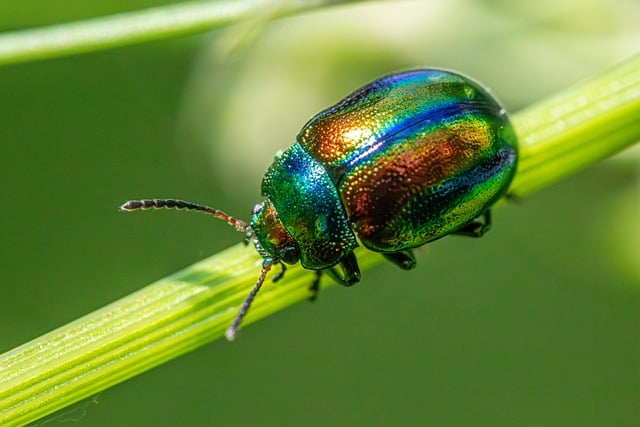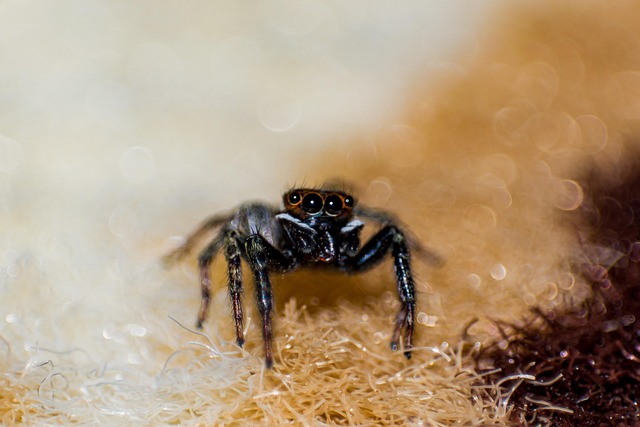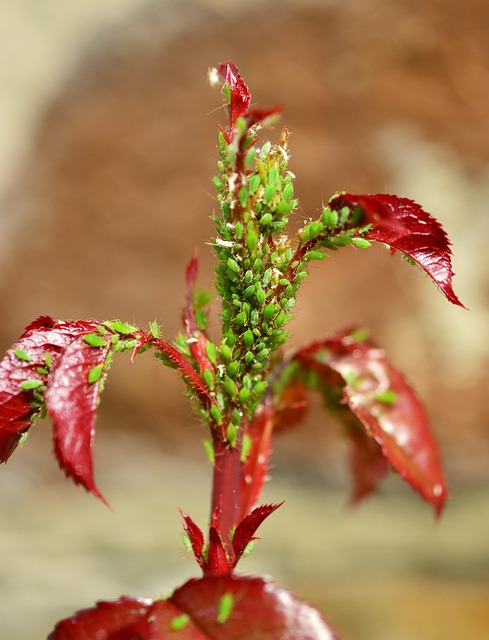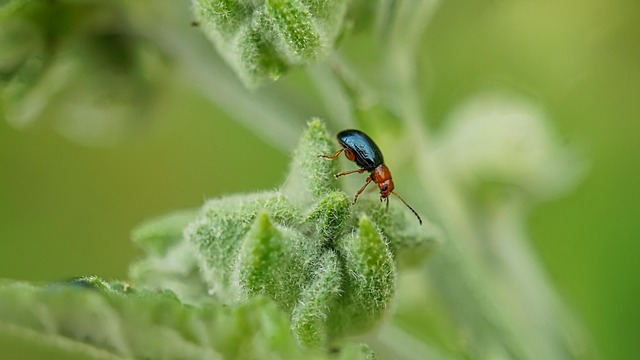Integrated Pest Management (IPM) provides an eco-friendly approach to managing spiders in your Littleton home, focusing on prevention and holistic control. To identify a spider infestation, look for webbing, seal entry points, reduce moisture, and regularly inspect exterior areas around windows and doors for early detection. Signs of infestation include spider webs, red dots (exoskeleton fragments), unusual smells, and increased arachnid encounters; act immediately if you discover eggs sacs. Effective preventive measures include regular inspections and maintaining a clean environment. Use IPM strategies like sealing entry points, vacuuming regularly, and employing natural repellents to deter spiders without harmful chemicals.
In the pursuit of a pest-free Littleton home, understanding Integrated Pest Management (IPM) is key. This holistic approach to spider control goes beyond reactive treatments, focusing on prevention and long-term solutions. This article guides you through identifying signs of a spider infestation in your Littleton home, empowering you with knowledge. Learn effective IPM strategies tailored for spider management and prevention, ensuring a safer, more comfortable living environment. Discover how to effectively identify and address spider infestations using natural methods and smart practices.
- Understanding Integrated Pest Management (IPM): A Holistic Approach to Spider Control
- Identifying a Spider Infestation in Your Littleton Home: Signs and Symptoms
- Effective IPM Strategies for Spider Management and Prevention
Understanding Integrated Pest Management (IPM): A Holistic Approach to Spider Control

Integrated Pest Management (IPM) is a comprehensive and eco-friendly approach to pest control that focuses on preventing, monitoring, and controlling pests like spiders in your Littleton home. Unlike traditional methods that rely heavily on chemical pesticides, IPM integrates various strategies to maintain a balanced ecosystem within your living space. This holistic method considers the identification and modification of conditions that encourage spider infestations, such as eliminating webs, sealing entry points, and reducing moisture levels.
To identify a spider infestation in your Littleton home, look for telltale signs like webbing in corners, cracks, or dark spaces. You may also spot spiders themselves, especially at night or during the day when they’re actively hunting. Regular inspections of your home’s exterior, particularly around windows and doors, can help you detect potential entry points early on. If left unaddressed, spider populations can grow rapidly, so it’s crucial to take swift action once an infestation is suspected.
Identifying a Spider Infestation in Your Littleton Home: Signs and Symptoms

If you reside in Littleton and suspect a spider infestation, understanding the signs is crucial for prompt action. Spiders often go unnoticed as they prefer secluded areas, but their presence can be indicated by various symptoms. One of the most obvious signs is the sight of spiders themselves—webs or individual spiders—in corners, behind furniture, or inside closets. Keep an eye out for intricate, sticky webs, especially in rooms with less human traffic.
Other indicators include small, red dots on surfaces, which are spider exoskeletons fragments, and strange smells, as some species emit a distinctive odor. If you notice an increase in arachnid-related encounters or find eggs sacs (small, white, cotton-like structures), it’s essential to take immediate action. Regular inspections and maintaining a clean home environment can help prevent and control spider infestations effectively.
Effective IPM Strategies for Spider Management and Prevention

Identifying a spider infestation in your Littleton home is the first step towards effective integrated pest management (IPM). Look for signs such as small silk webs, usually found in corners and behind furniture. Spiders also leave small markings of silk on surfaces, which can help you track their presence. Regularly inspect areas like attics, crawl spaces, and wall voids, where spiders often build nests.
To prevent and manage spider infestations, consider a multi-pronged IPM approach. Seal entry points by filling gaps in walls and windows with caulk. Keep your home clean and clutter-free to reduce hiding places. Regularly vacuum and dust, especially in areas where spiders are commonly found. Additionally, use natural repellents like mint or lavender essential oils, which can deter spiders without harmful chemicals.
Integrated Pest Management (IPM) offers a comprehensive solution for spider control, focusing on prevention, monitoring, and targeted treatments. By understanding how to identify a spider infestation in your Littleton home through signs like webbing, egg sacs, and peculiar smells, you can effectively employ IPM strategies. Regular inspections, sealing entry points, and using safe, eco-friendly products are key. Remember, early detection is crucial for effective spider management, ensuring a safer and more comfortable living environment.
